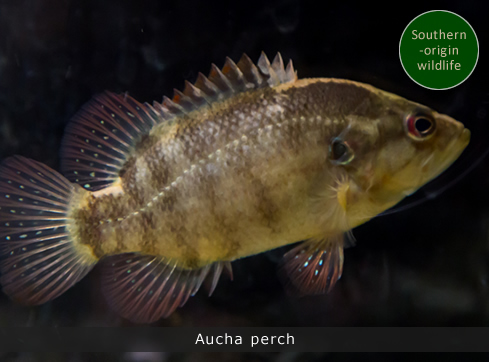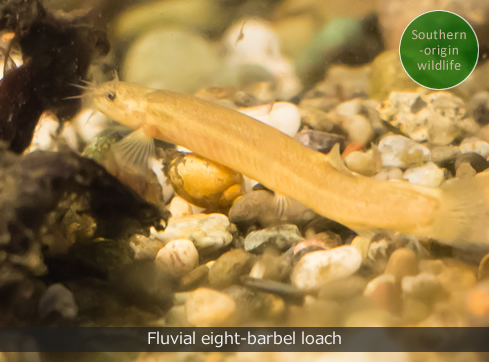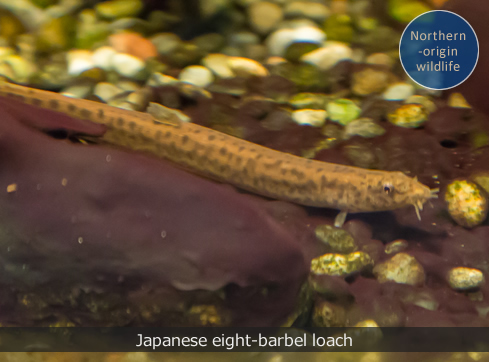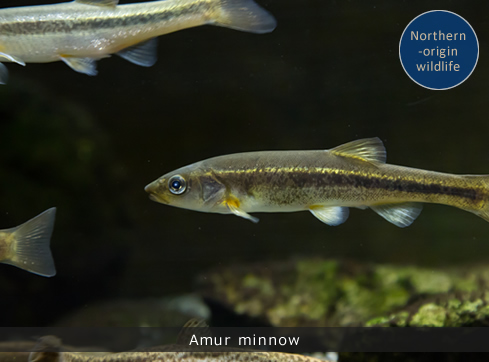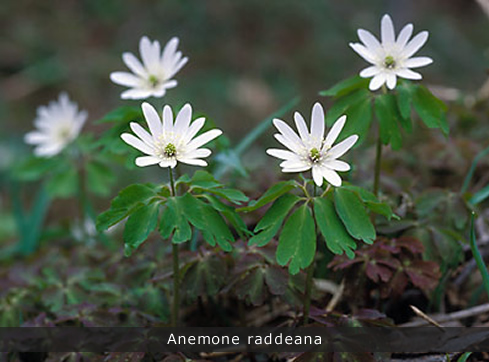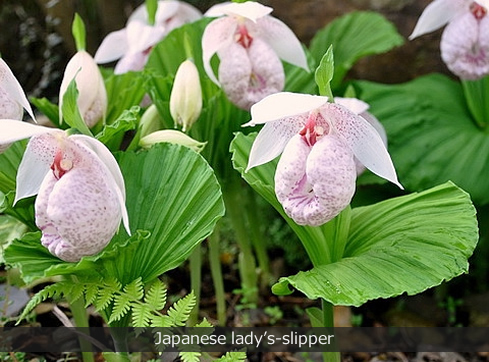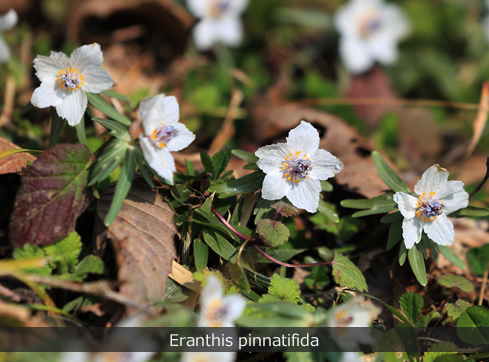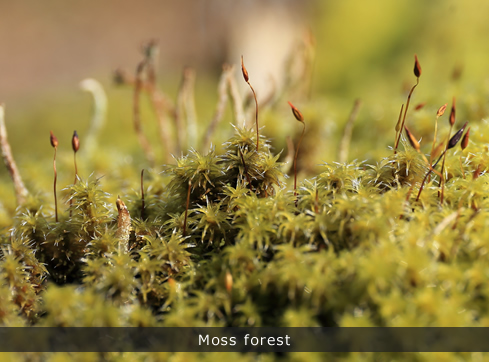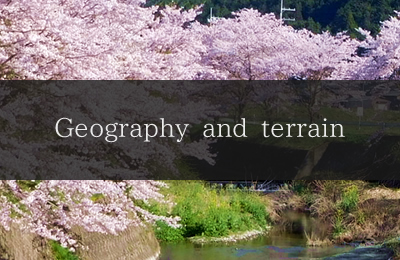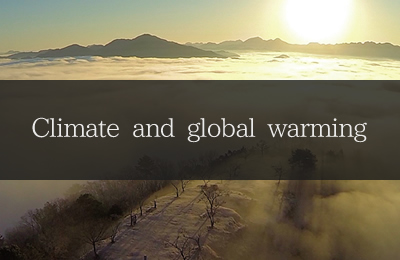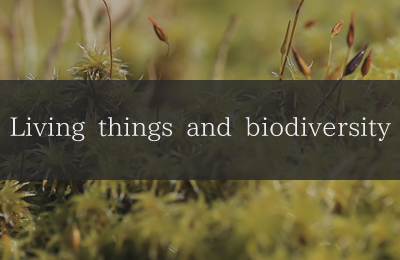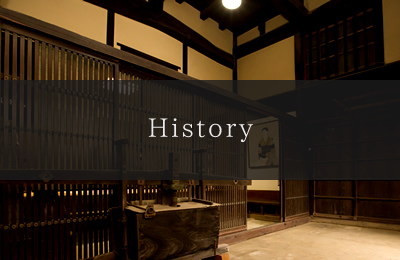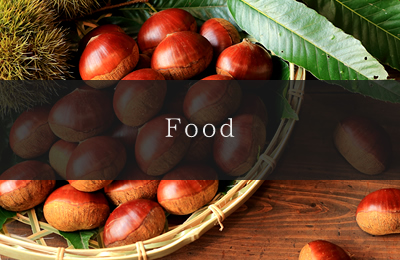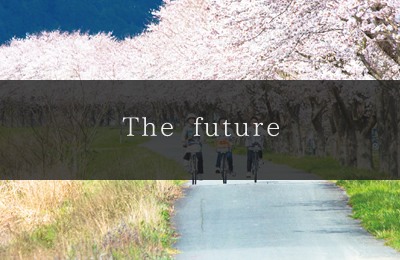What is the Hikami Kairo?
Living things and biodiversity
Waterfront where river fish from the south and north of Japan mix together. Forests where plants from the south and plants from the snowy north intersect.
There are always wildlife going to and fro in this place.
This diverse wildlife has enriched our lives greatly, and we must now consider how to address the crisis of decline in the forests and waterfront.
Fish meeting from the Seto Inland Sea side and the Sea of Japan side -- two different worlds!
It is said that the worlds of river fish that are broadly divided into the Pacific Ocean side (Seto Inland Sea) and the Sea of Japan side have each given rise to different forms of evolution and adaptation.
Around 1958, however, an unusual discovery was made in an area that is currently the Saji River in Aogaki-cho, Tamba City, Hyogo Prefecture (Kako River upper river basin). People there witnessed the commingling of Masu trout river fish that supposedly lived in the rivers on the Sea of Japan side and Biwa trout (a relative of masu trout) that supposedly lived in the rivers on the Seto Inland Sea side.
The fish passed through the Hikami Kairo to cross over the boundary (central drainage divide) separating the Seto Inland Sea side and the Sea of Japan side.
The fish mixed together in the lowland of the Hikami Kairo every time the river that once flowed into the Seto Inland Sea side and the river that once flowed into the Sea of Japan side both flooded. When this happened, the fish that evolved separately in the two worlds on the Seto Inland Sea side and the Sea of Japan side met frequently in this mixing water and spread into each other’s domains!
The southern (Seto Inland Sea side) fish (such as the Aucha perch, Squalidus gracilis, and Fluvial eight-barbel loach) spread out into the Yura River to the north and the northern (Sea of Japan side) fish (such as the Japanese eight-barbel loach, Amur minnow, and Amur stickleback (*now extinct)) spread out into the Kako River in the south.
This resulted in Japanese eight-barbel loaches, Fluvial eight-barbel loaches, Amur minnows, Chinese minnows, and other related species that were supposed to live separately in the north or south side now living together in the same rivers, creating a very rare water area!
Plants that survived climate change
Wildlife in not only the water, but on land as well crossed back and forth between the north and south sides through the Hikami Kairo. It is not easy for the plants on the lowland to make their way up the high mountains, but the Hikami Kairo is a low-lying stretch of land across the main island that is only 95 m above sea level.
Since long ago, the earth’s climate has fluctuated repeatedly between cold glacial periods and warm interglacial periods.
Plants also move from north to south and vice versa through the Hikami Kairo in line with the rhythm of climate change!
The link between biodiversity and lifestyle
The diversity of living things is called biodiversity. The area around the Hikami Kairo is one of the few areas in the Kinki region with diverse wildlife.
Diversity of wildlife in a region can be translated as rich forests and waterfronts. Land that is rich with wildlife also creates rich water and fertile earth that can grow delicious crops. Not only that, but it also provides us with all types of materials for daily life and the richly varied natural landscapes and sounds are spiritually enriching and produce all types of skills, culture, and arts that are rooted in the local community. Our enriched lifestyles were produced from this rich biodiversity.
Bountiful forests have the power to diminish the effects of harsh weather.
In heavy rain and wind that batters the earth, forest vegetation reduces the rain to a fine sprinkle and the wind to a soft breeze by the time they reach the soil.
Torrential rain is absorbed by the rich soil and keeps the land from flooding, and the abundant water stored in the soil slowly and continuously moistens the earth on sunny days.
Also, plants and animals that are better suited to the heat become more active during particularly hot summers and plants and animals that can withstand the cold play a big role during colder years.
Wildlife is mutually supportive to cope with environmental factors like rain, snow, drought, and disease, enabling forests and waterfronts to each maintain their rich environments.
The area surrounding the Hikami Kairo has been blessed with the strength of that biodiversity.
Modern global warming and biodiversity
Those forests and waterfronts are now facing the challenge of global warming.
In terms of ancient climate change, it is thought that the average temperature rose about 4 to 7 degrees at a pace of around 10,000 years when transitioning from the most recent glacial period to the interglacial period.
In contrast, global warming in the modern era has already resulted in a temperature rise of about 0.7 degrees in only the past hundred years and the temperature may continue to increase a further 2 to 6 degrees by the end of the century.
Can the wildlife and us humans keep up with the feverish pace? We have to think about this point very carefully.
And then, this is what is said about greenhouse gases like carbon dioxide that are thought to cause global warming.
Japan established a target in the 1997 Kyoto Protocol* of reducing carbon dioxide emissions to 6% below the 1990 level (at the time).
The Japanese forests were recognized internationally as carbon sinks that can absorb 3.8% of the emissions.
In other words, lush forests have the potential to absorb greenhouse gases and reduce climate change.
At the United Nations Climate Change Conference (COP21) that was held in December 2015, the Paris Agreement* was selected with the long-term target of committing to activities to curb warming to under 1.5°C that is sufficiently below the mean global temperature rise of 2°C above pre-industrial levels.
The Japanese Cabinet approved a Global Warming Prevention Plan in June 2016, and activities to cut greenhouse gas emissions were launched nationwide to achieve the 2030 reduction target (26.0% lower than 2013 levels).
While it is certainly essential that we ourselves strive to revise our ways of life and society that consumes resources to reduce the volume of greenhouse gas emissions and curb various forms of environmental destruction, there is still value in carefully reconsidering the role of the forests in preventing and mitigating climate change.
*The Kyoto Protocol is the name of the protocol approved in the 3rd United Nations Framework Convention on Climate Change held in Kyoto on December 11, 1997.
*This is the first framework in which all the 196 countries and regions that have joined the Framework Convention on Climate Change cooperate to carry out activities to cut greenhouse gas emissions. All members must submit their greenhouse gas reduction targets every five years and continue pursing activities, and activities that follow this guideline will start in 2020.






